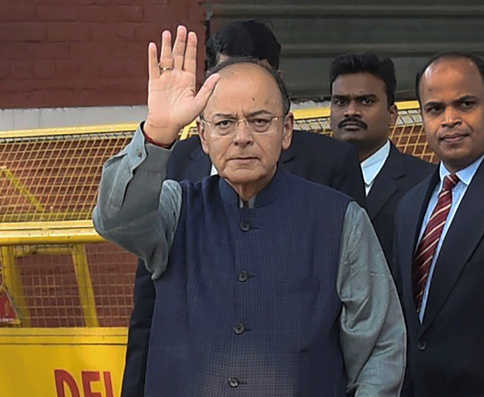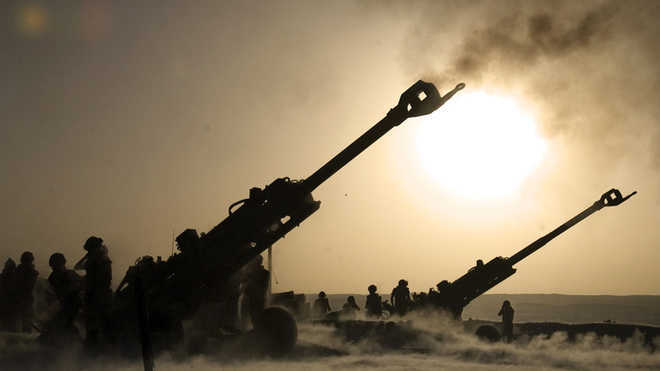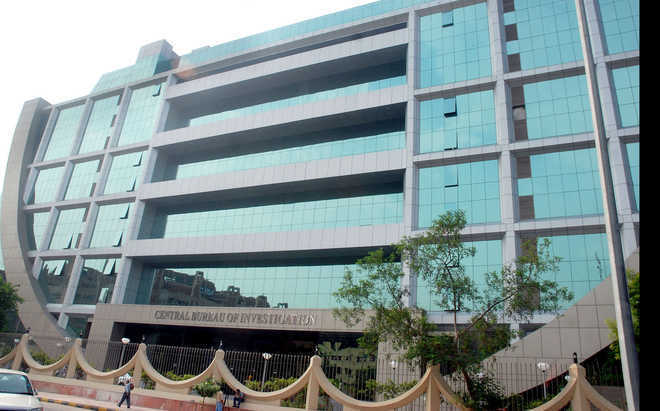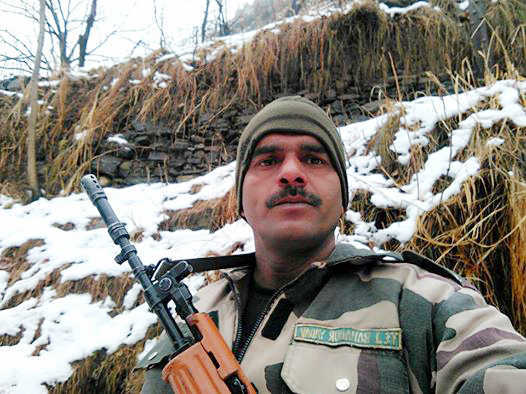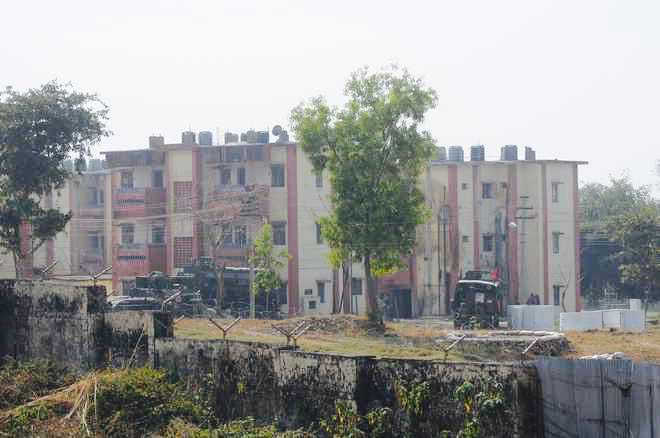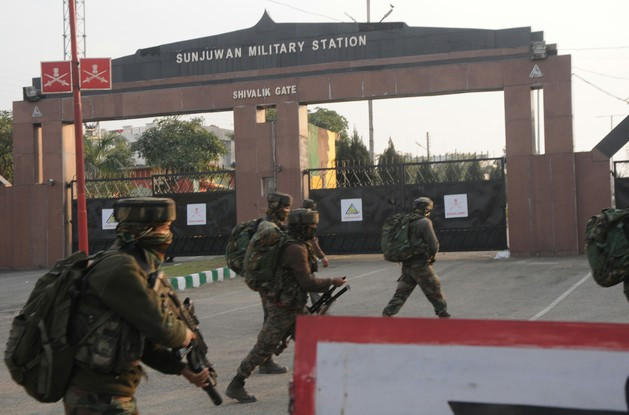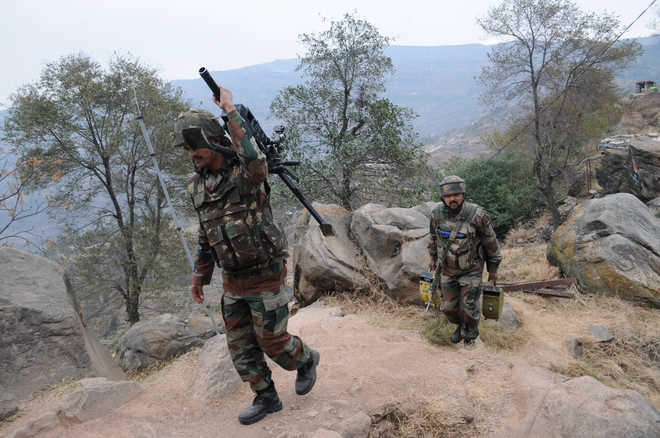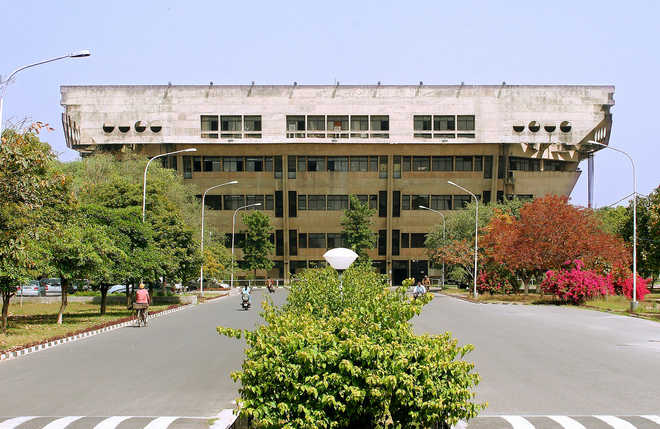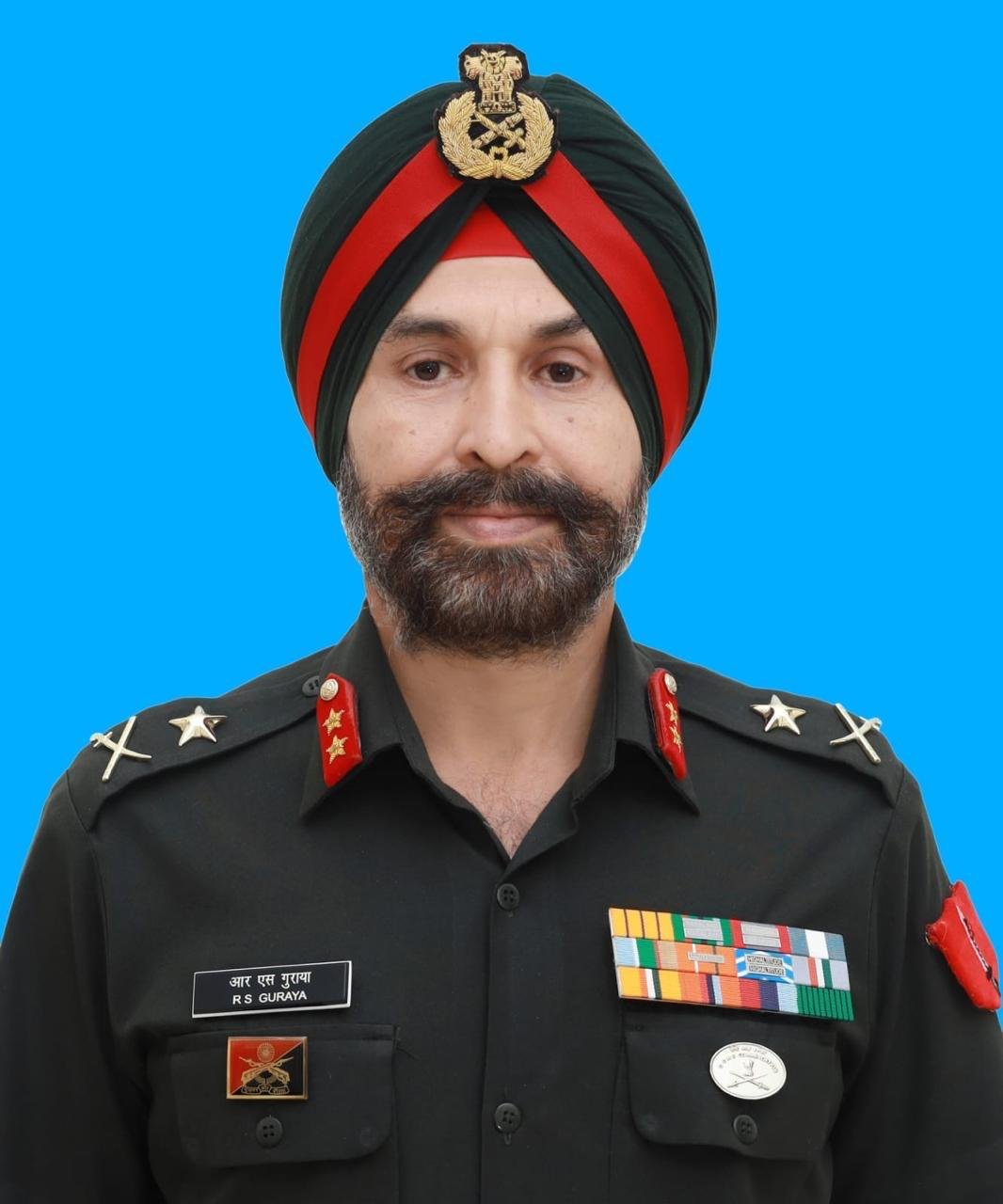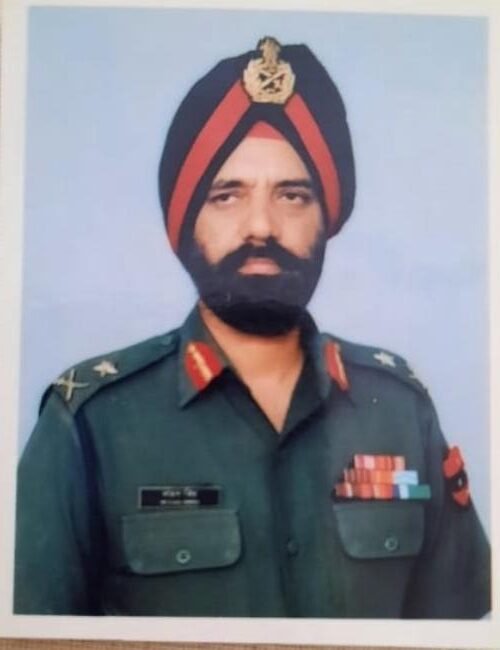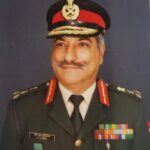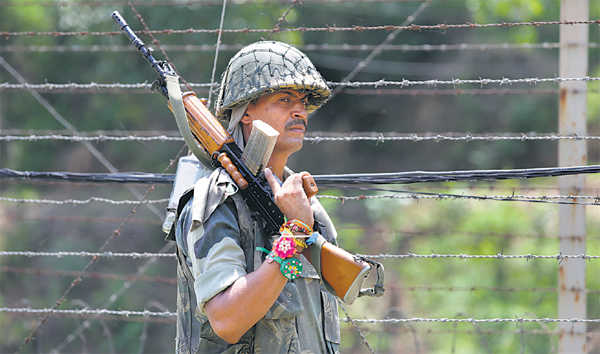 Talk peace: Too many young soldiers are dying in this mindless, undeclared war.
Talk peace: Too many young soldiers are dying in this mindless, undeclared war.Pravin Sawhney
THE year 2018 does not augur well for the stability of the LoC between India and Pakistan. The latter has reportedly done 240 ceasefire violations since the New Year against eight in the same period last year. Consequently, India has been compelled to evacuate hundreds of civilians living close to the LoC. Pakistan has upped the ante by using Anti-Tank Guided Missiles (ATGM) to blast Indian observation posts. The Pakistan army today has more tactical-level options since India frittered away its lead in this war-domain by the militarily ill-conceived September 2016 surgical strikes. This was the proverbial last straw on the camel’s back as India has now lost its deterrence at all levels of war, namely, strategic (politico-military), operational (warfighting) and now tactical (battles) against Pakistan. Ironically, it has been the NDA governments of Vajpayee and Modi, which claimed to be the best custodians of national security, that have harmed it the most. A common-sense dictum lost on these governments is this: for militarily powerful nations, like the US, Russia and now China, deterrence (ability to generate fear in enemies) is directly proportional to showcasing its might. The converse is true for nations with limited military resources; the more they hide their military capabilities, the more deterred the enemy remains because of uncertainty. India’s 1998 N-tests blunted its strategic options since Pakistan followed suit to restore the strategic balance. With the fear of the unknown big bomb over, deterrence shifted to a lower level about which side would undertake the transition from conventional to nuclear war better. Pakistan scores in this since, unlike India, its conventional and nuclear assets are under the command and control of the Pakistan army chief.Similarly, the 2001-2002 Operation Parakram (the 10-month military face-off), where India’s coercive deterrence failed, blunted its operational-level capabilities vis-à-vis Pakistan. India lost nearly 900 soldiers to obsolete land-mines (details in Gen VK Singh’s book Courage and Conviction), took over three weeks for mobilisation and finally did nothing. The fear of the Indian Army’s capabilities was over for Pakistan.The 2016 surgical strikes did worse. The LoC is about tactical-level dominance, which is essential by itself in peace-time and provides ingress for offensive forces during war. By announcing immediately that it did not intend to do any further tactical-level strikes, India confirmed its unpreparedness for escalation to warfighting level. It may have established its Special Forces’ limited capabilities and capacities for even small battles, when these forces, the world over, are used, with stealth and denial, for strategic and operational-level gains.Having achieved the upper hand at the tactical level by India’s unsubstantiated bravado, the recent use of direct-firing, optically-tracked and state-of-the-art ATGM in Rajouri sector of the LoC, which killed four Indian soldiers, was the natural choice for the Pakistan army. In all probability, the Chinese origin 4-km range HJ-8F bunker-buster with thermobaric warhead (which uses atmospheric oxygen to produce longer and lethal blast) were used to hit and blast the Indian bunker.The use of HJ-8F ATGM by Pakistan has created three problems for our Army. One, India, unlike Pakistan, has limited Steel Permanent Defences (SPD) which can withstand even the direct hit of a 155mm artillery shell. Most bunkers, including hundreds of observation bunkers meant to track infiltration, are made of concrete, which can be blasted by HJ-8F ATGMs. The big task for the Army would be to strengthen its bunkers to SPD-level. This will entail huge financial and manpower resources over an extended period.Two, given the interoperability between Pakistan and China, the latter would be willing to give its stocks of HJ-8F ATGMs to Pakistan so that its use is not restricted by paucity of numbers. The Indian Army, not having this luxury, would need to ration its old-generation and critically-low ATGM stocks. The argument being made by Generals that India should retaliate with long-range artillery guns (like before the November 2003 ceasefire) is flawed. It would put the burden of escalation on India. Also, it is no secret that let alone meagre stocks of artillery ammunition, there are critical deficiencies of artillery fuses meant to fire shells (pointed out by two consecutive CAG reports). And three, the Indian Army, unlike Pakistan, has limited communication trenches which provide safe passage from one bunker to another. Hundreds now would need to be built under direct enemy fire. If this was not enough, China, as evident from the reported 48 per cent increase in face-offs in 2017, would ensure that the Indian Army is unable to shift its assets from north to west facing Pakistan. Unless the government is prepared to live with the unending, and completely unnecessary bloodbath on the LoC, it should open multi-prong conversations with Pakistani leadership. In addition to formalising talks between the two director-generals of military operations, the two national security advisers should look beyond terrorism. Perhaps, a back channel should be established for preliminary discussions on Kashmir. This would also give an opening to the government’s interlocutor on Kashmir, Dineshwar Sharma, who has hit a wall in the Valley with nobody willing to talk to him. Perhaps, this would also stem the tide of local boys from joining terrorist groups.Of course, all this will not be easy for the Modi government, given its penchant for bravado. But it should draw inspiration from its strategic partner, the US. Notwithstanding his harangue against Pakistan, President Trump has done a climb-down for his national interest. A lesson from recent history will do the PM no harm. The most peaceful years in Kashmir since the insurgency began were when India and Pakistan were engaged in a dialogue from 2004 to 2008.And even as the process with Pakistan begins, the government must advise serving and retired officers to replace manufactured rage against Pakistan with prescriptive suggestions for peace on television shows. For all their worth, they are taken seriously by multitudes. Similar counsel should be given to news anchors, who, while remaining level-headed on China, go ballistic on Pakistan, waging wars in their studios.If India does not make a serious effort towards peace now, it will continue to lose its young, well-trained soldiers. The writer is editor FORCE newsmagazine
